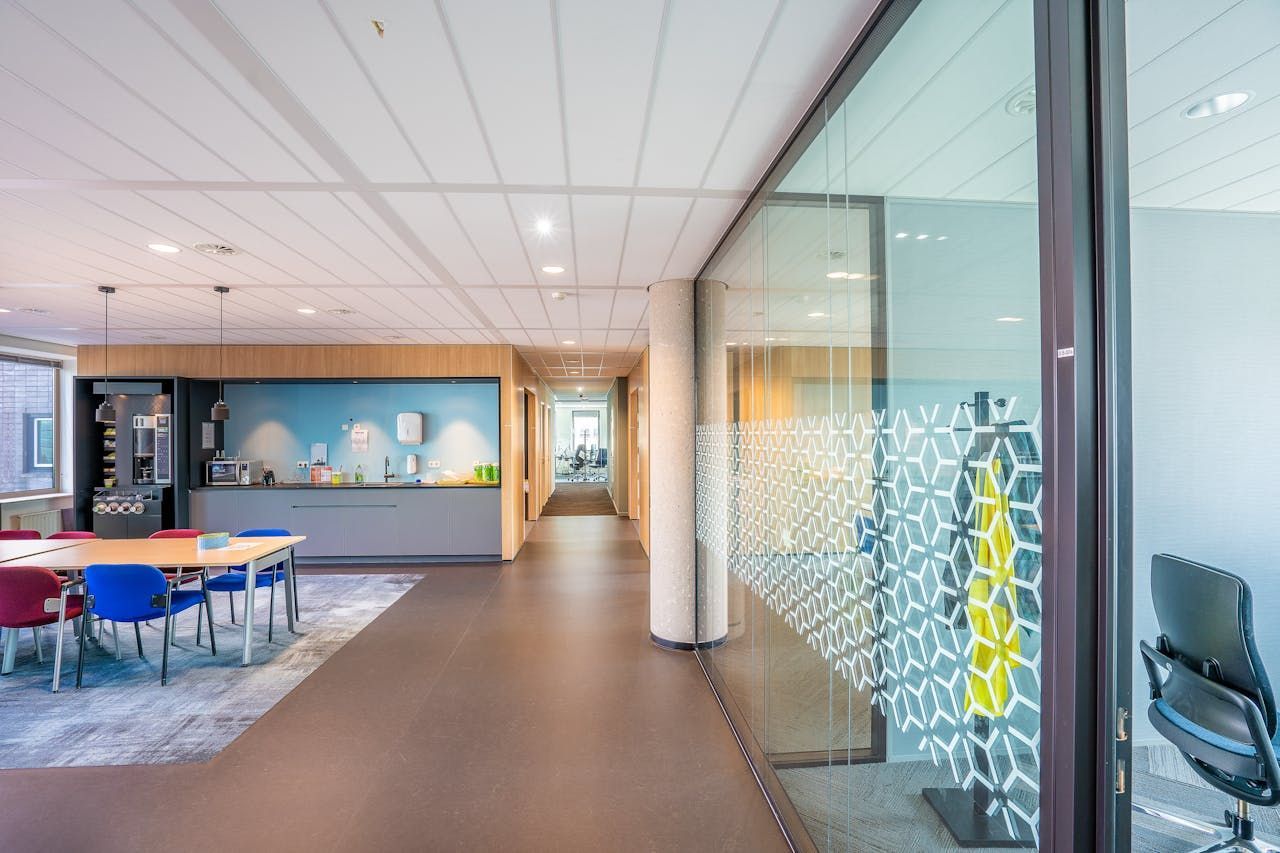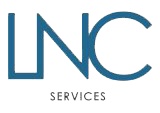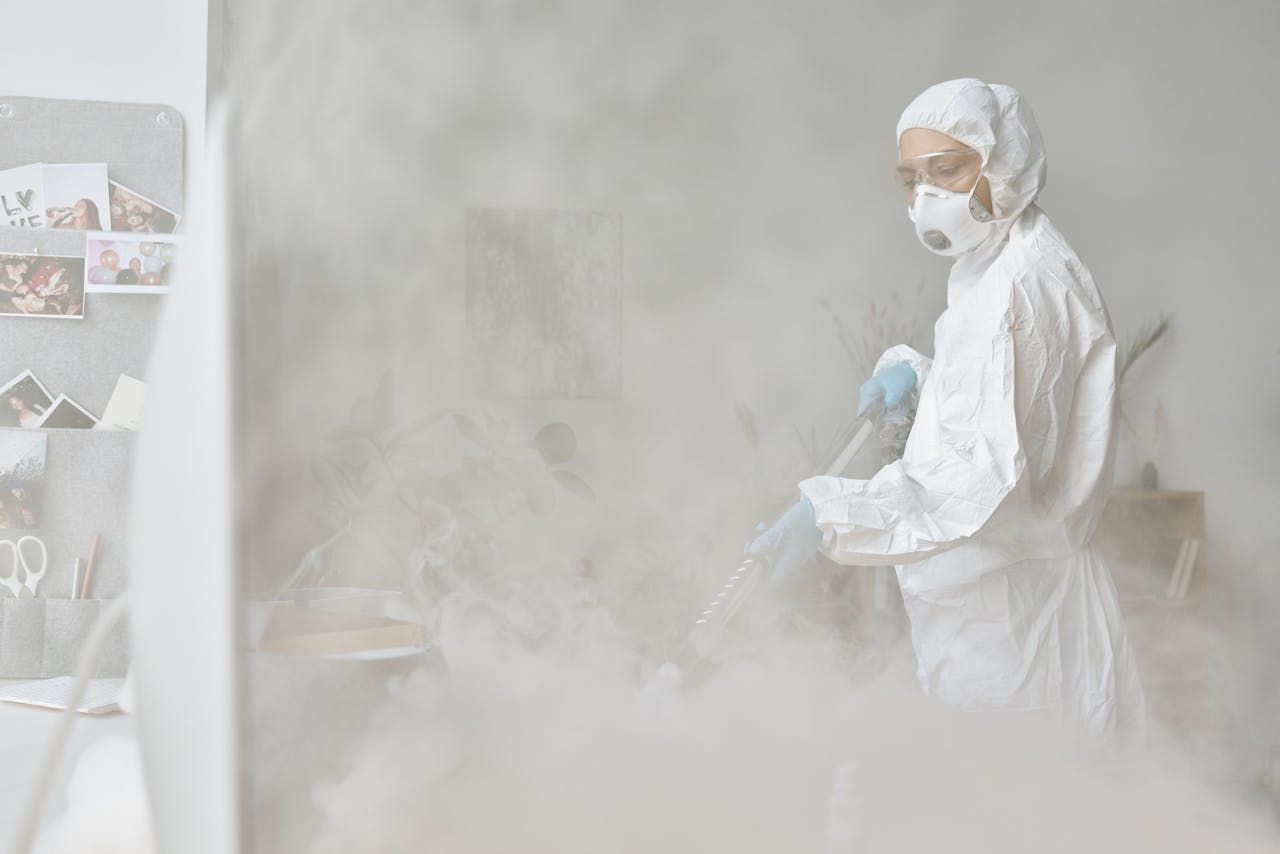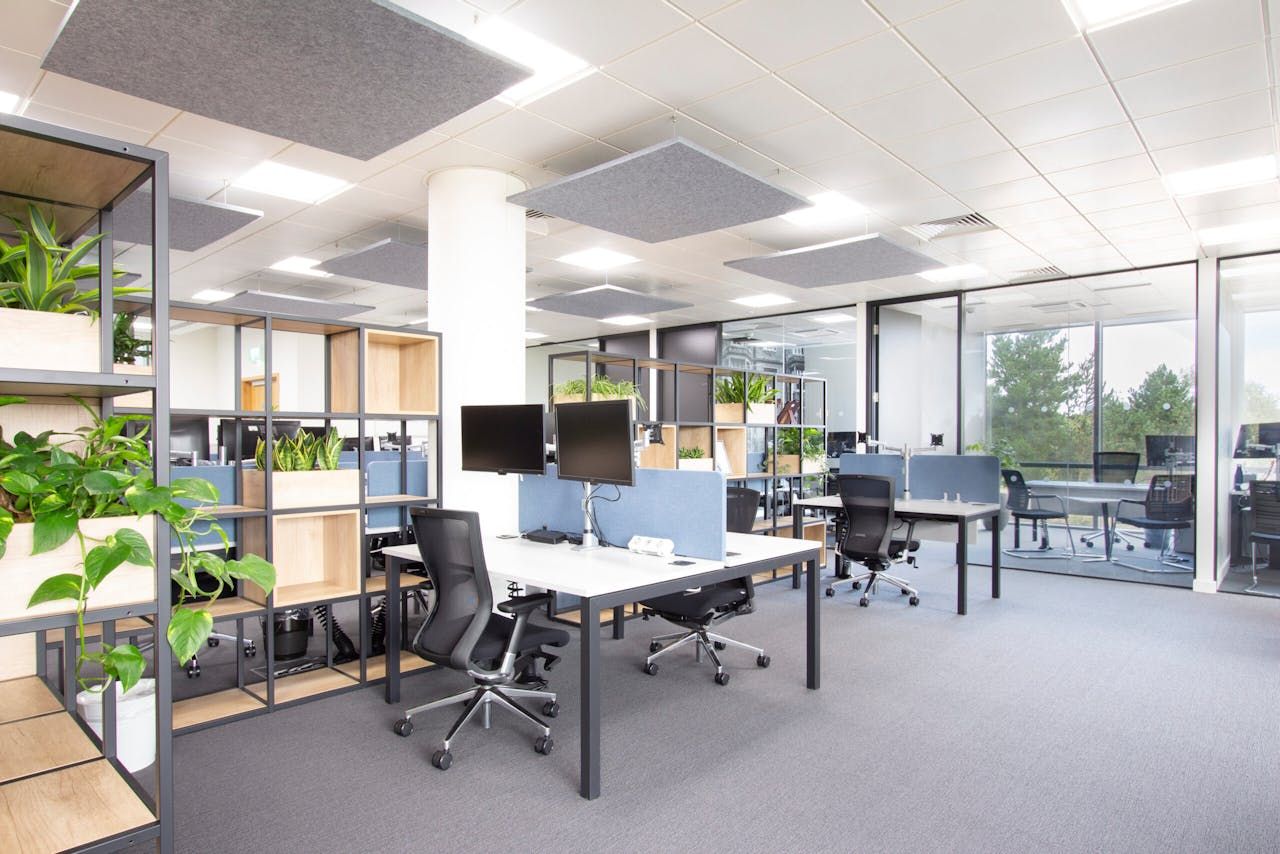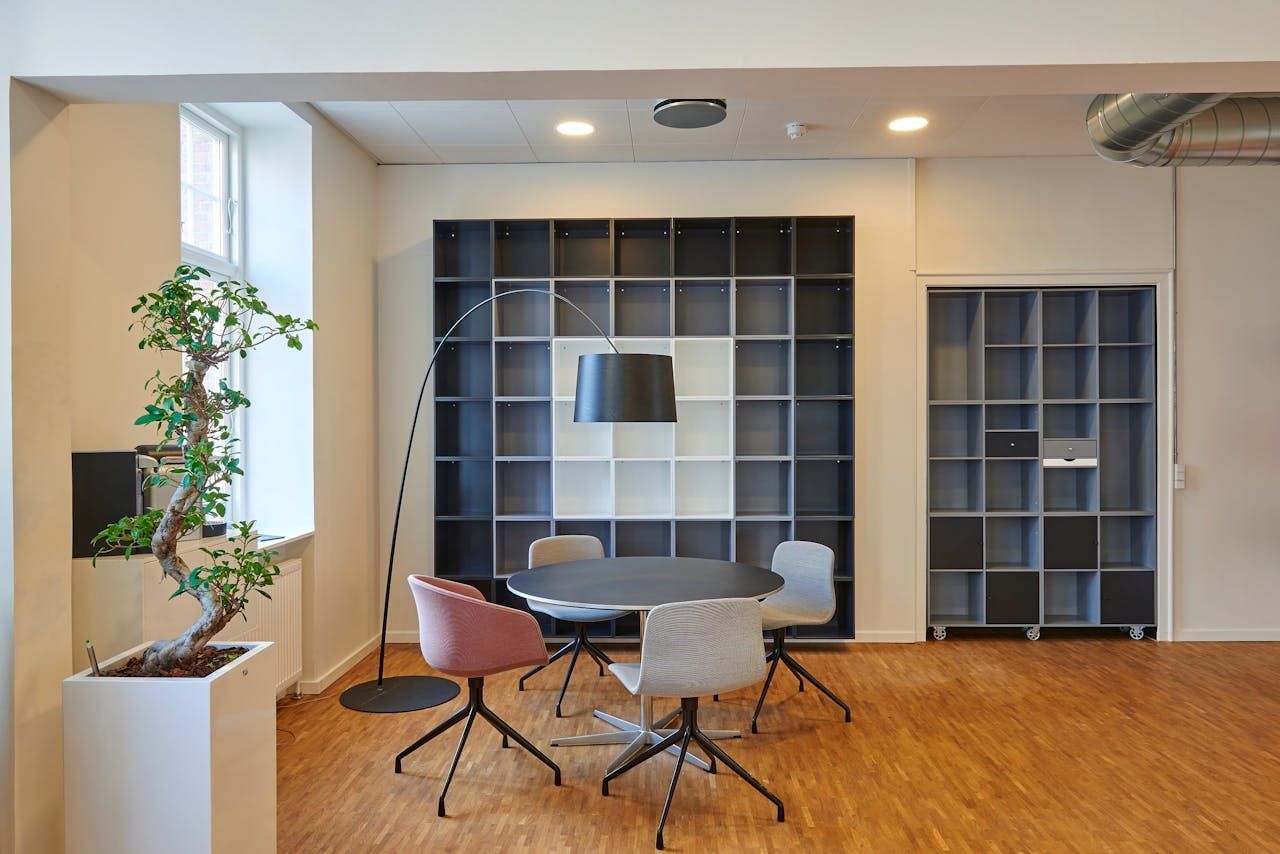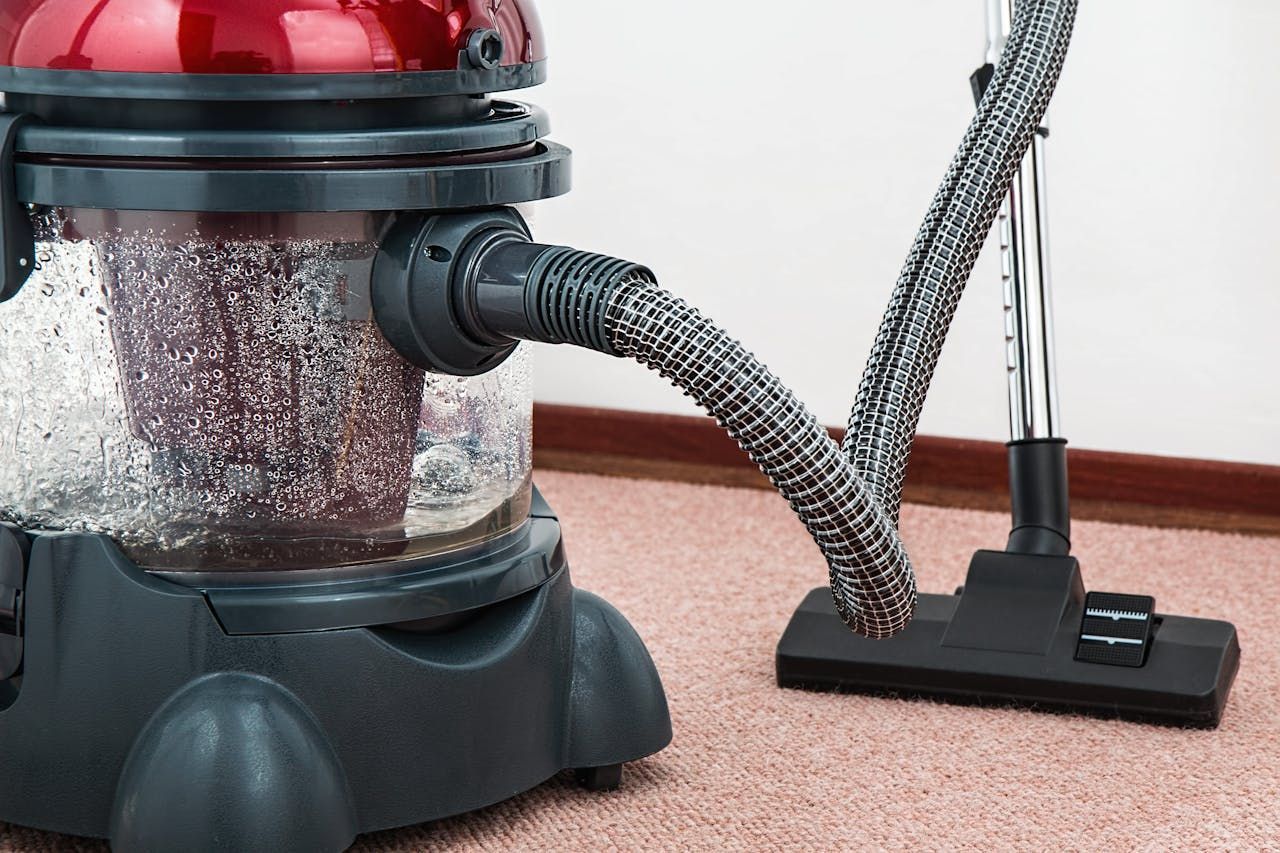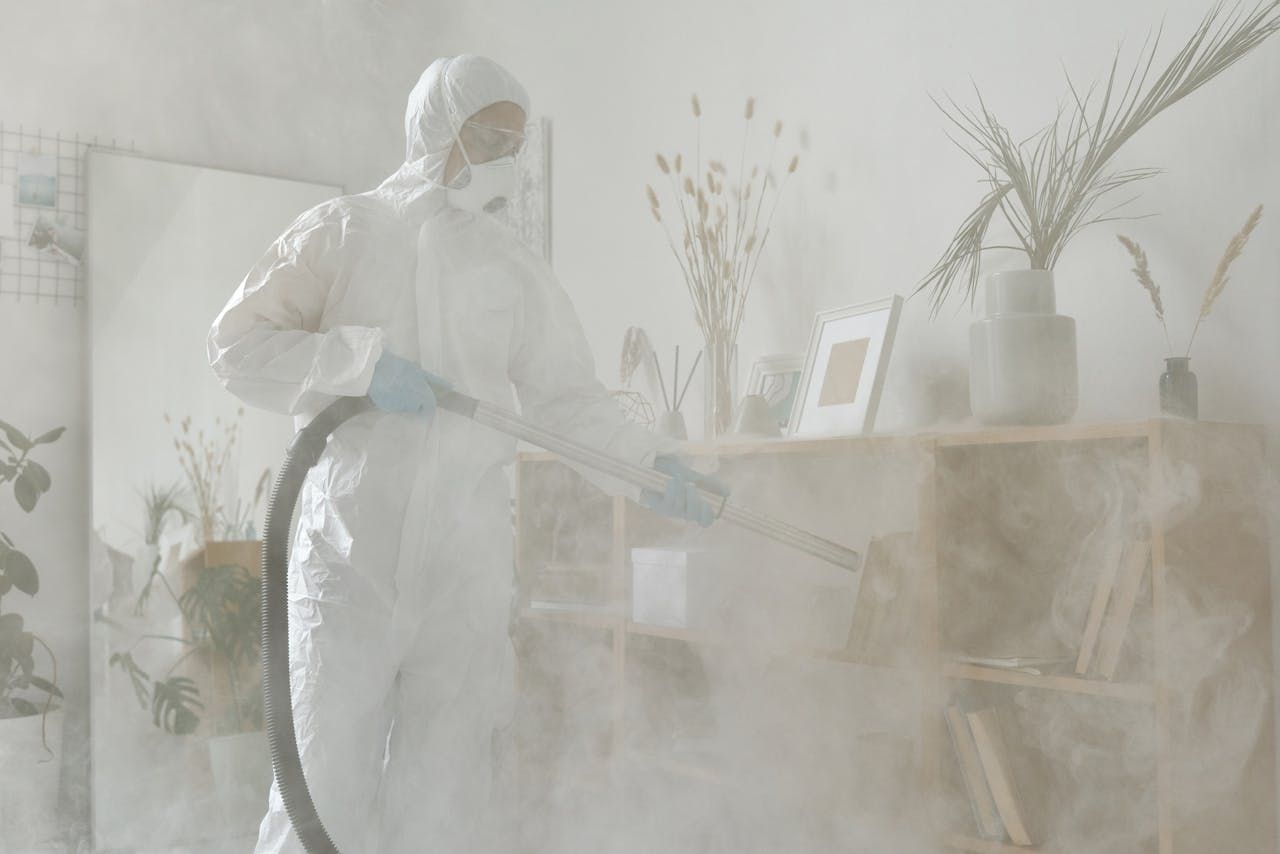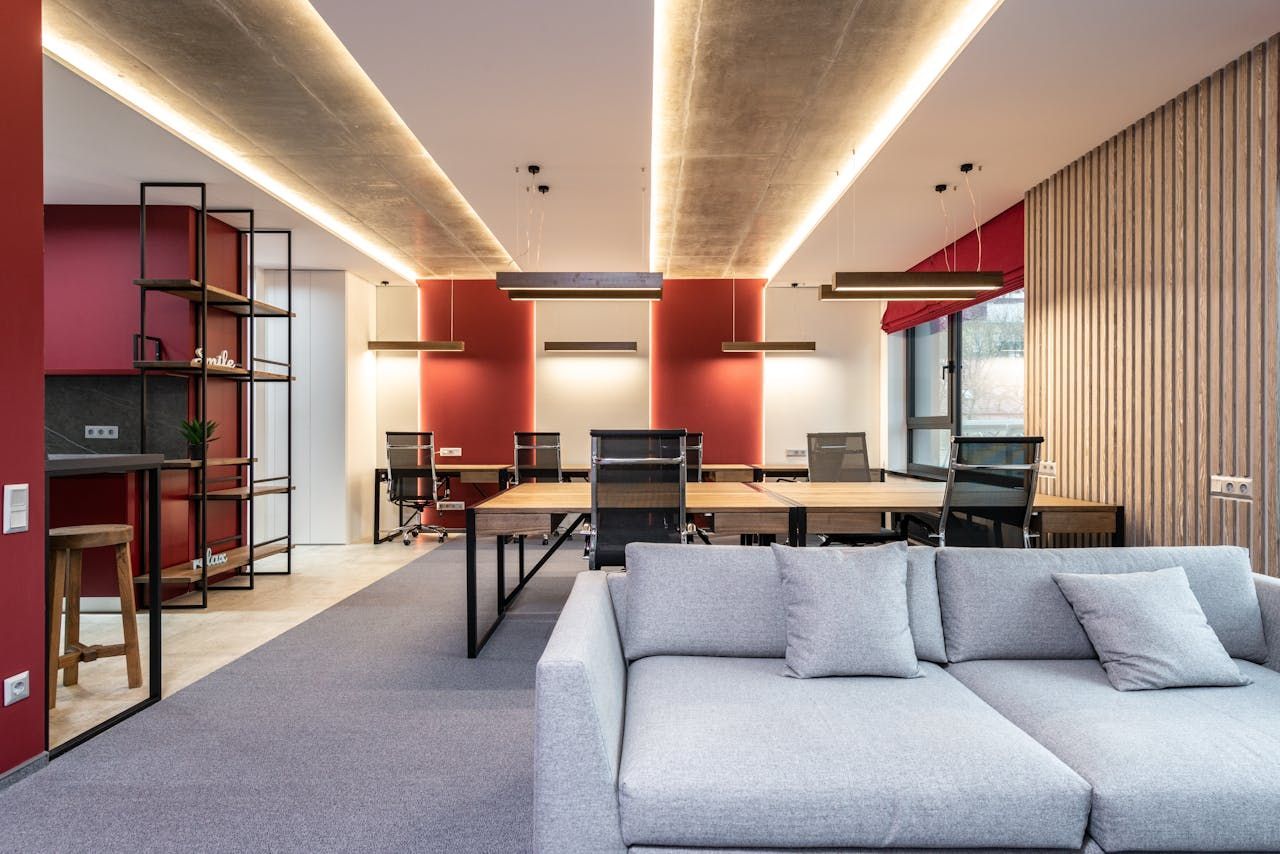Why Does A Commercial Cleaner Cost So Much?
The time has come to put down your Marigolds and invest in a cleaner to clean your workspace so you don’t have to. Let’s face it, that time could be much better spent concentrating on the work you’re supposed to be doing rather than cleaning the workspace for others.
So hiring a commercial cleaner seems to be the obvious next step. But after a bit of research into companies within the area, you’re starting to wonder what it is that makes a commercial cleaner cost so much.
The benefits of commercial cleaning are obvious. It is an important service for busy workplaces where issues of hygiene and tidiness have a big impact on both the impression customers or clients have of your business and how your employees feel about spending the day at work. Professional cleaning can also help save you money when it comes to prolonging the lifespan of things like carpets and soft furnishings.
But still, cleaning products and a cleaner’s salary shouldn’t amount to that much. So what is it that goes into a commercial cleaner cost? Let’s find out…
Insurance
As a business owner or manager, you will know the importance of insurance - and not just the most basic cover. A commercial cleaning business, like any other business, faces various risks and liabilities while operating. Insurance plays a crucial role in mitigating those risks and providing financial protection in case of unforeseen events or accidents.
Commercial cleaning businesses are often responsible for expensive and valuable equipment, supplies and office space and therefore require cover that protects it. This can help if any property needs replacing or repair, minimising the financial impact on the business.
A commercial cleaning business will also need liability coverage, protecting it against claims of property damage or bodily injury caused by the cleaning activities. For example, if someone slips and falls on a wet floor, liability insurance can cover the costs of legal fees.
Insurance coverage needs will vary depending on the nature, size, and location of a cleaning business, but as you will know, good business insurance doesn’t come cheap. So this is worth bearing in mind when you’re questioning a commercial cleaner cost.
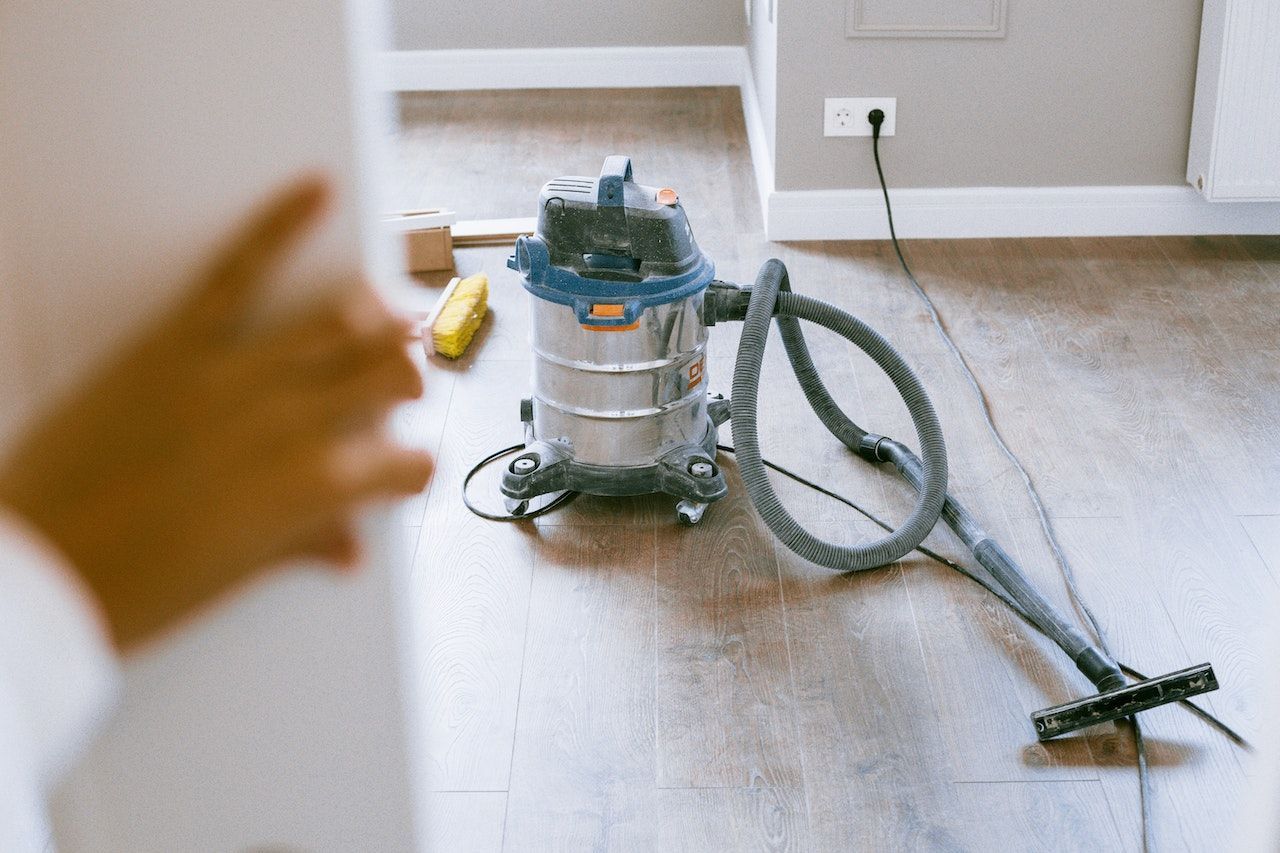
Quality of Service
We all know that quality costs. You don’t buy a 99p burger and expect gourmet dining.
A commercial cleaning company has to make some significant investments to ensure you get the high-quality service required. And these will be passed on in the commercial cleaner cost. Investments include:
Paying Staff A Good Living Wage
If a cleaner is working for the bare minimum and staff members are gaining very little from their job, they are more than likely to jump ship when a better offer comes along. Unfortunately, this may mean you have a different cleaner in your workspace every week. A good salary attracts quality staff who take pride in their work. And better retention means consistency for your workplace cleaning.
Staff Training
Ongoing training ensures staff are always performing to a high standard and learning any new techniques out there. But training days and conferences, and similar things also cost a business money, which needs to be covered. This is therefore passed on in the commercial cleaner cost.
Equipment And Products
Pound shop cleaning fluids are perfectly acceptable for your own home, but a commercial cleaner can’t get away with this. Professional grade means a better clean, with equipment that does an outstanding job with better capabilities.
Staff Back Up
Commercial cleaning companies have more than a couple of employees to ensure if an individual cleaner suffers from sickness or takes a holiday, there will still be someone to clean your workplace as usual. This helps ensure the uninterrupted service you are after.
Business Expenses
Running any business comes with expenses, and along with the insurance, staffing and product costs we’ve already mentioned, there are further expenses which have to be included in a commercial cleaner cost. These include:
- Marketing - promoting the company to attract clients.
- Vehicle costs - transportation costs, including fuel, tolls and charges, vehicle maintenance and vehicle insurance.
- Uniform.
- Training - essential training including health & safety and certification of employees.
- Professional services - either paying a specialist or hiring someone in-house to help with accounts and HR.
- Office rent or lease - if the company has an office, rent and any utilities will be a further expense.

Professional Fees
There are also fees involved for joining professional bodies, such as BICs, the cleaning industry’s recognised professional and educational body. Membership shows a commercial cleaner’s commitment to high standards of cleaning and regular training. It also ensures the company is up to date with new practices and developments.
Business Profit
A commercial cleaner has to make a profit just like any other business. It can’t manage your cleaning team, provide an outstanding cleaning service and maintain equipment without remuneration (I mean, we love what we do, but not quite that much!). And don’t forget, if a business isn’t making a profit, it’s at risk of going under. So bear this in mind when you are trying to calculate a commercial cleaner cost.
If the commercial cleaning company you find is doing the job well and thriving as a business, you should feel reassured that they can offer continuity of service, and you won’t be left having to find a new one.
A Fully Transparent Service
Many factors need to be considered when studying a commercial cleaner cost. You’re not just paying for a cleaner; you’re paying for the full service. And the time and energy it will save you is priceless.
At LNC Services, we provide a full cost breakdown for every job. This will highlight what we pay the cleaners, what costs are incurred from products and what profit we make. So you know exactly where your money is going. Contact us to request a quote
here.
